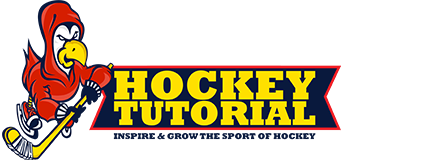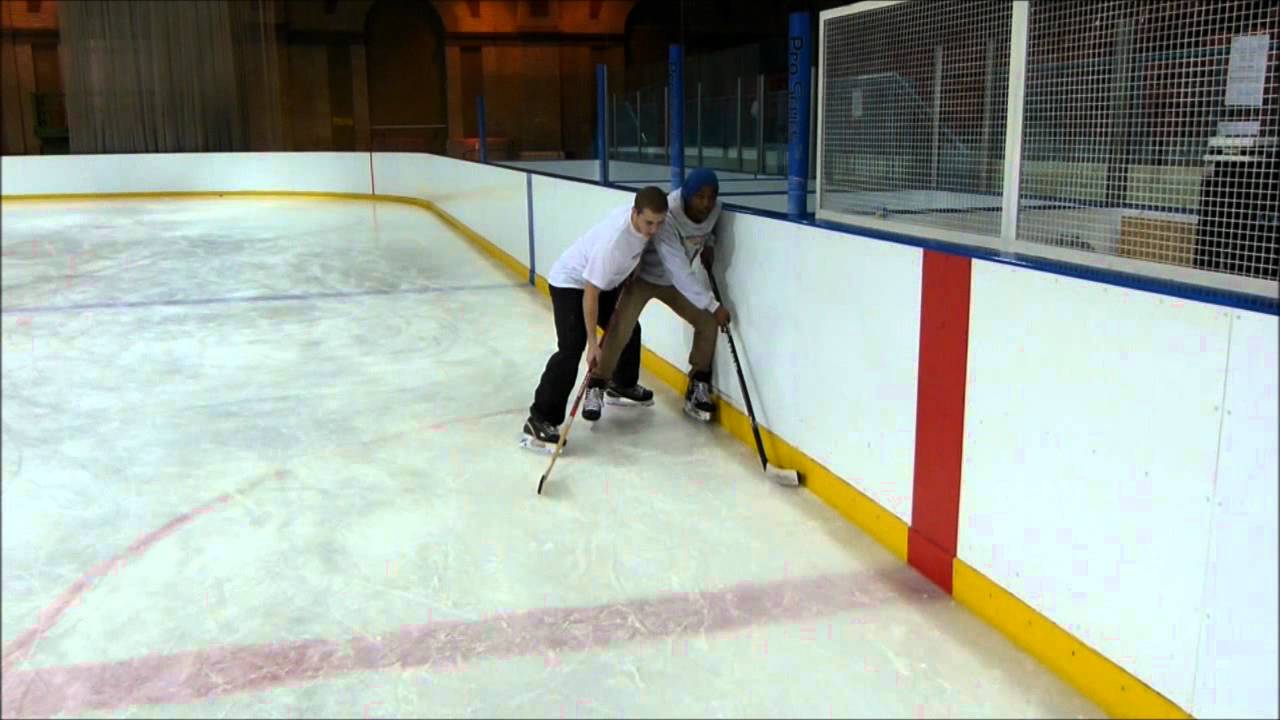With this article here, we’d like to take a look at some of the tips you should practice and develop to help you stay on your feet and sustain minimal injury during a body check in hockey. The in importance of learning these tips is of course first and four most to sustain minimal injury during a body check, you must remember that a body check should only be used to SEPARATE A PLAYER FROM THE PUCK ONLY, body checking should never be used to injury or punish another player.
One of the firsts things you should do is of course try to avoid the getting checked, if it reaching a point where thing can not be done, you need to quickly get against the boards with the outside area of your body (maximise on contact with the boards) get your entire leg, mid section and upper body (arms etc) against the boards, you also need to keep your legs just over shoulder width apart and keep a nice low hockey stance (for increase balance and control), this will all help to distribute the force from the check rather than having all that force come crashing down on one point on your body.
The most important part of getting against the boards is to keep your body square and keep a low stance (low centre of gravity equals more control), if you find while practicing this that your body isn’t square, this can lead to sustaining injury as your body will be twisted when hit. So keep your shoulders, chest and arms square to the ice and boards when against the barriers or boards. You also need to keep a low stance giving you a low centre of gravity and increasing your control. Practicing these tips will distribute the force from the check minimising the injury you may sustain, it will also help keep you on your feet and in the game.
Key Points
- Get your body against the boards quickly
- Low hockey stance for increased balance and control
- Keep your body square to the boards and ice
- Distribute that force ! don’t take it at one point
What to do with the puck when getting checked into the boards ?
Everything happens incredibly quickly when getting check, you need to be able to quickly look in front, if there is a team-mate you can pass the puck to then do so very quickly. If not or you don’t have any time to check, hold the puck against the board with the blade of your skate, keep the puck safe until you can either get away, pass it or a team mate takes the puck from you/helps.






